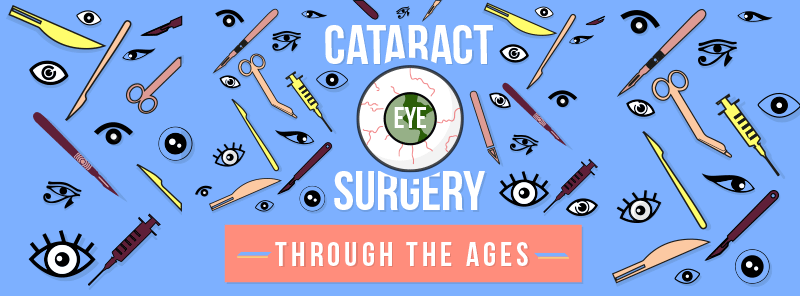The Comprehensive Guide To Refractive Lens Exchange: Crucial Info You Must Know
The Comprehensive Guide To Refractive Lens Exchange: Crucial Info You Must Know
Blog Article
Article Composed By-Hunter Rodgers
If you're taking into consideration refractive lens exchange, you probably have a great deal of concerns. This treatment could change how you see the globe, using advantages like reduced dependancy on glasses. Nonetheless, it's vital to understand the procedure, dangers, and who certifies as a good prospect. Let's check out these vital facets so you can make an enlightened decision regarding whether RLE is right for you.
What Is Refractive Lens Exchange and Exactly How Does It Work?
Refractive lens exchange (RLE) is a surgery designed to change your eye's all-natural lens with a man-made one, dealing with vision concerns like nearsightedness, farsightedness, or presbyopia.
During the treatment, your specialist makes a small laceration in the eye, removes your natural lens, and inserts an intraocular lens (IOL) tailored to your vision needs. This outpatient surgery usually takes about 15 to thirty minutes per eye and is carried out under regional anesthesia.
You'll likely notice improvements in your vision virtually promptly, though complete recovery might take a few weeks. RLE is particularly helpful for those over 40 or with high prescriptions, providing a durable service compared to glasses or contact lenses.
Your eye care specialist can help figure out if RLE is right for you.
What Are the Perks and Dangers of Refractive Lens Exchange?
Picking refractive lens exchange can cause significant renovations in your vision, but it is essential to evaluate both the advantages and threats before deciding.
On the bonus side, this procedure can improve your sight by fixing issues like presbyopia, nearsightedness, and hyperopia. Many individuals appreciate reduced reliance on glasses or get in touch with lenses, which can significantly improve their lifestyle.
Nevertheless, it's crucial to take into consideration potential risks. Problems can include infection, glare, or halos around lights.
There's additionally a chance of overcorrection or undercorrection, which might require added procedures.
Who Is an Ideal Candidate for Refractive Lens Exchange?
If you're thinking about refractive lens exchange, it's important to understand whether you fit the profile of an ideal candidate. Typically, you may be a good candidate if you're over 40, experience presbyopia, or have high degrees of nearsightedness or farsightedness.
Refractive Lens Exchange Testimonials 's likewise vital that your vision is secure, implying your prescription hasn't transformed significantly in the past year. If you have cataracts or other eye conditions, you might take advantage of this treatment also.
Nevertheless, particular elements, like unchecked diabetes mellitus or autoimmune diseases, might invalidate you. To establish your candidateship, speak with an eye treatment specialist who can evaluate your particular situation and recommend the most effective course of action customized to your demands.
Conclusion
In conclusion, refractive lens exchange can be a transformative choice for improving your vision, especially if you're over 40 or have a high prescription. While the benefits are significant, it's important to weigh the dangers and seek advice from your eye treatment specialist to figure out if you're an ideal candidate. With https://martin7ursula.werite.net/lasik-surgery-vs and support, you can make an informed choice and perhaps delight in a life with lowered dependancy on glasses.
